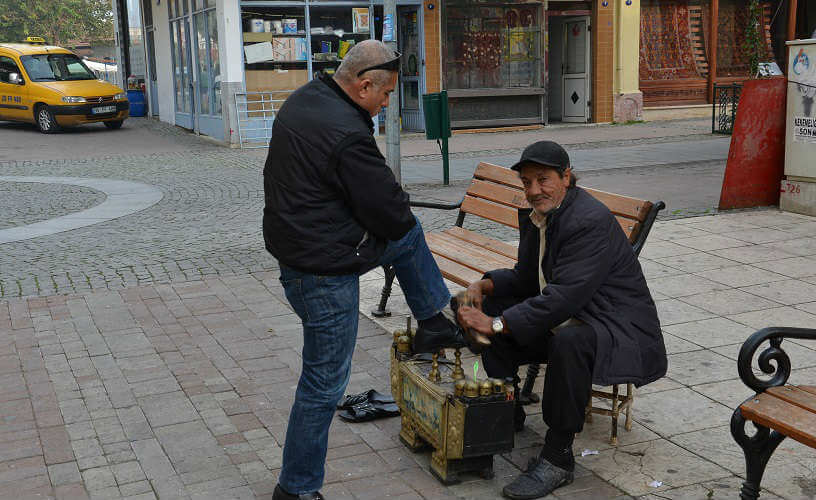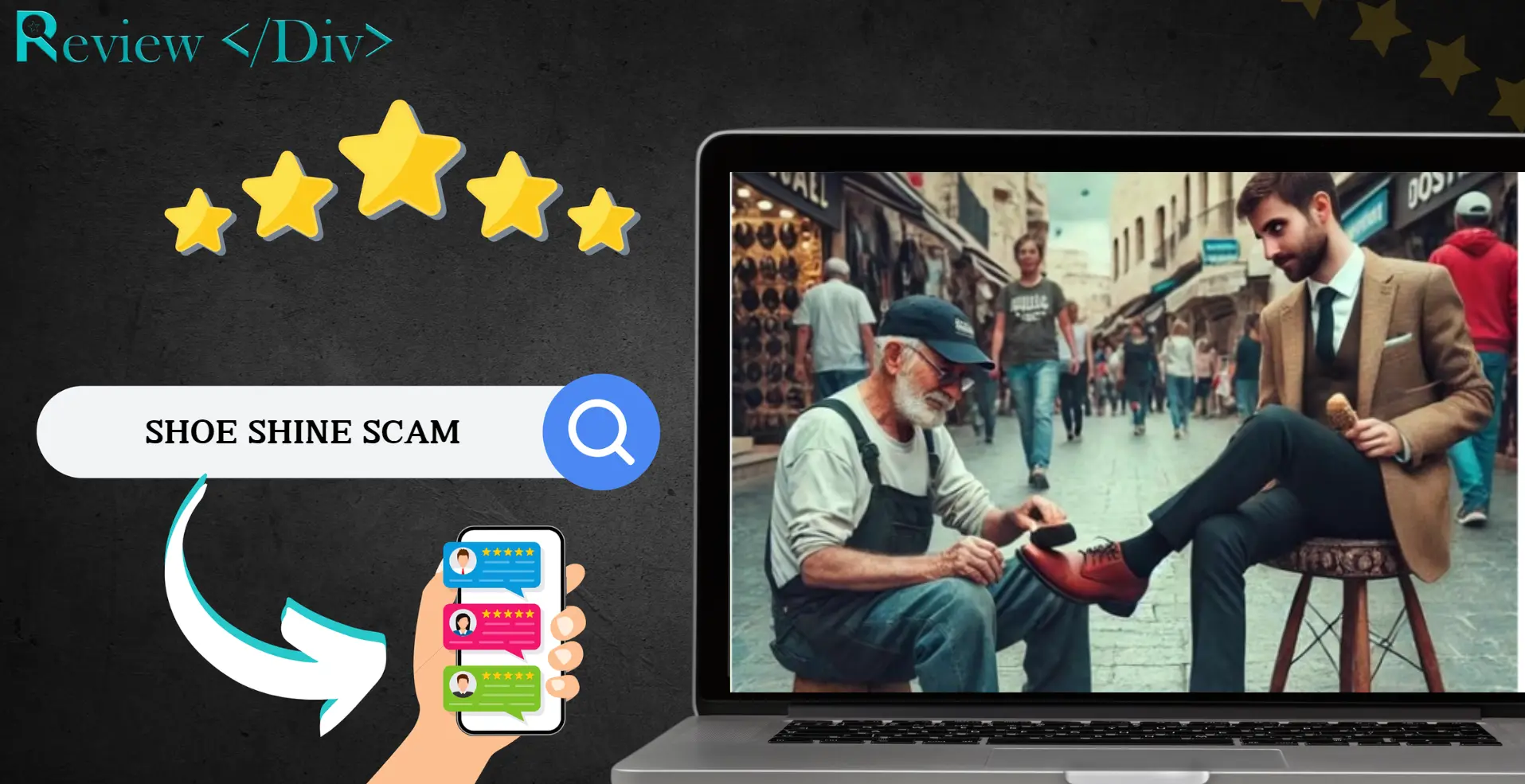Traveling allows people to explore new cultures, have unique experiences, and meet new people, which can lead to unforgettable memories. However, it also exposes them to various scams that can ruin their trip.
One of these scams is the shoe shine scam which is mainly common in cities around the world. This scam takes advantage of the kindness of trustful tourists and turns a simple good deed into a costly mistake.
Shoe Shine Scam Overview
The shoe shine scam includes a common trick used to take advantage of tourists, mainly in busy areas like Istanbul. It usually starts with a shoe shiner “accidentally” dropping a brush near a tourist.
When the tourist picks it up and returns it, the shoe shiner acts overly grateful and offers to clean their shoes to say thanks. What seems like a harmless gesture quickly turns into a high-pressure sales pitch.
During the shoe shine, the scammer shares a sad story about their life to evoke sympathy, making the tourist feel obligated to pay an inflated price. By the end of the interaction, the tourists often pay far more than they would for a regular shoe shine and are caught off guard by the emotional manipulation and unexpected cost.
How Does Shoe Shine Scam Work?
The Shoe Shine scam is a short yet clever scam that targets tourists in busy cities. It usually starts when a shoe shiner “accidentally” drops a brush or some equipment in front of a passerby.
So, the tourist wants to help, picks up the item, and hands it back to the shoe shiner. The shoe shiner then expresses excessive gratitude and insists on offering a free shoe shine saying thanks. Even if the tourist declines the shoe shiner continues and begins cleaning their shoes.
During the shoe shine, the scammer starts a conversation and shares a story of personal hardship, like a sick family member or financial troubles. This is meant to want sympathy from the tourists and make them less likely to refuse payment.

Once the shoe shine is complete the scammer demands payment, which is much higher than expected. The tourist feeling grabbed off guard and not wanting to cause a scene, ends up paying the inflated price.
Sometimes, the shoe shiner becomes aggressive if the tourist refuses to pay the demanded amount by using pressure to force them to hand over the money.
Other times, the scam involves multiple people working together, one drops the brush another pressures the tourist into accepting the shoe shine, and others act as witnesses to further push the tourist into paying. This scam depends on the victim’s goodwill and hesitation to create a public scene, This makes it a particularly effective and constant trick.
Variations of Shoe Shine Scam
The Shoe Shine scam has adapted over the years with scammers creating different approaches to increase their success.
1. The Aggressive Approach
If the victim refuses to pay the inflated fee, the shoe shiner suddenly becomes aggressive, causing a scene to scare the person into paying. This abrupt behavior change can be scary and make it difficult for the victim to stand their ground.
2. The Group Scam
In some cases, a group of scammers works together. One person drops the brush, another pushes for the shoe to shine, and a third pretends to be a viewer or even another tourist, adding pressure on the victim to pay by making them feel ashamed or cornered.
3. The Distraction
In more refined setups, while the victim’s attention is on the shoe shine, an accessory uses the opportunity to pickpocket them or steal their belongings. This tactic relies on the victim being too focused on the immediate situation to notice what’s happening around them.
How to Avoid Shoe Shine Scam?
To avoid falling victim to the shoe shine scam, it’s important to stay aware. Here are some specific tips to help protect yourself from these scams.
Stay Alert: Pay close attention to your surroundings, particularly in tourist areas where scams are common. Be cautious of anyone who seems overly friendly or eager to offer unrequested services.
Politely Decline: If someone offers you a free service, like a shoe shine, politely decline and keep walking. Remember, in popular tourist spots, nothing is truly free.
Avoid Distractions: Keep an eye on your belongings and avoid getting too absorbed in conversations with strangers. Scammers work in groups with one person distracting you while another targets your wallet or valuables.







